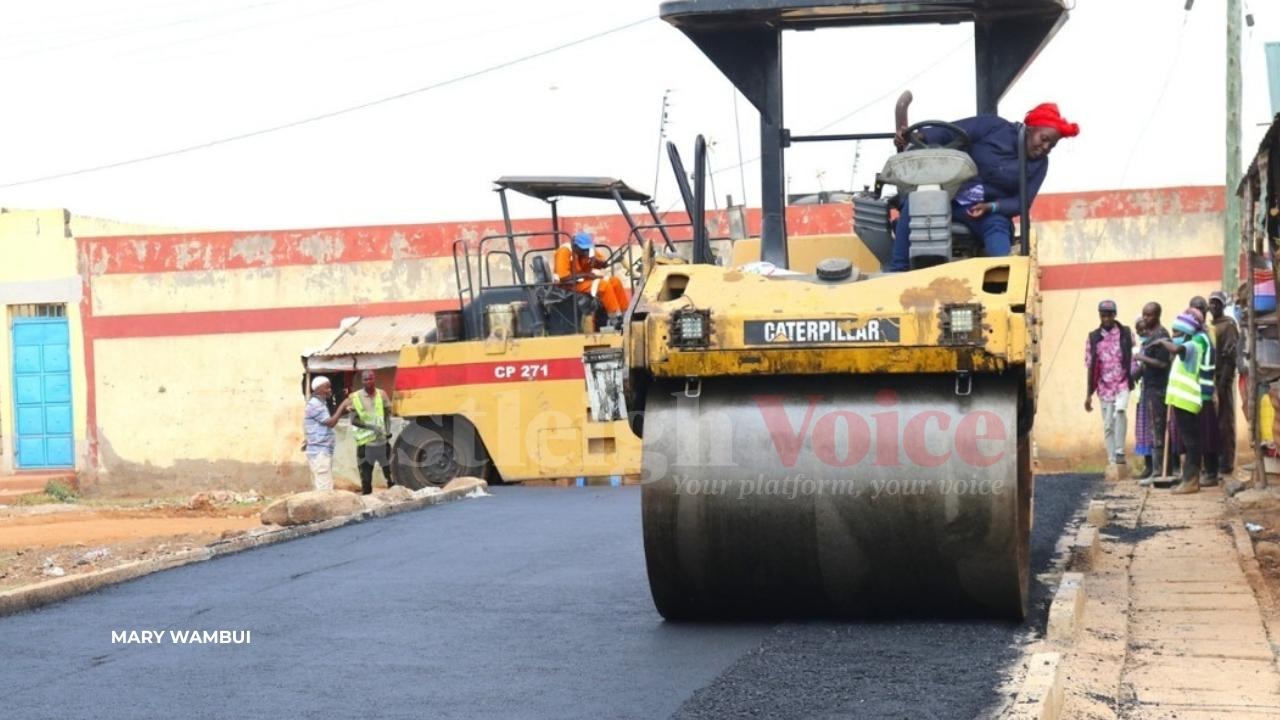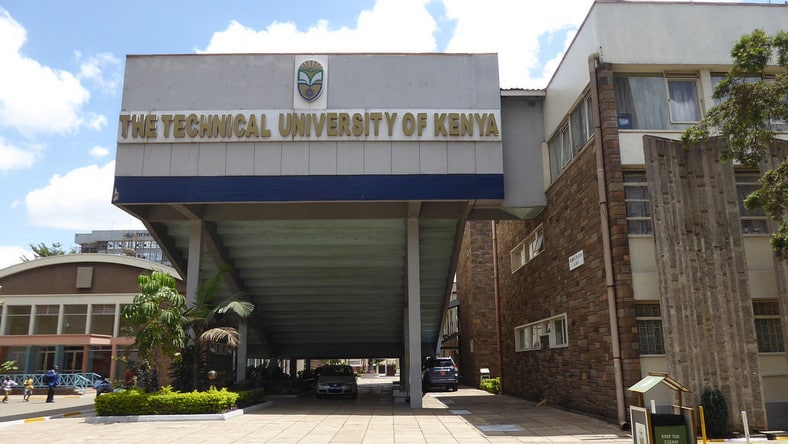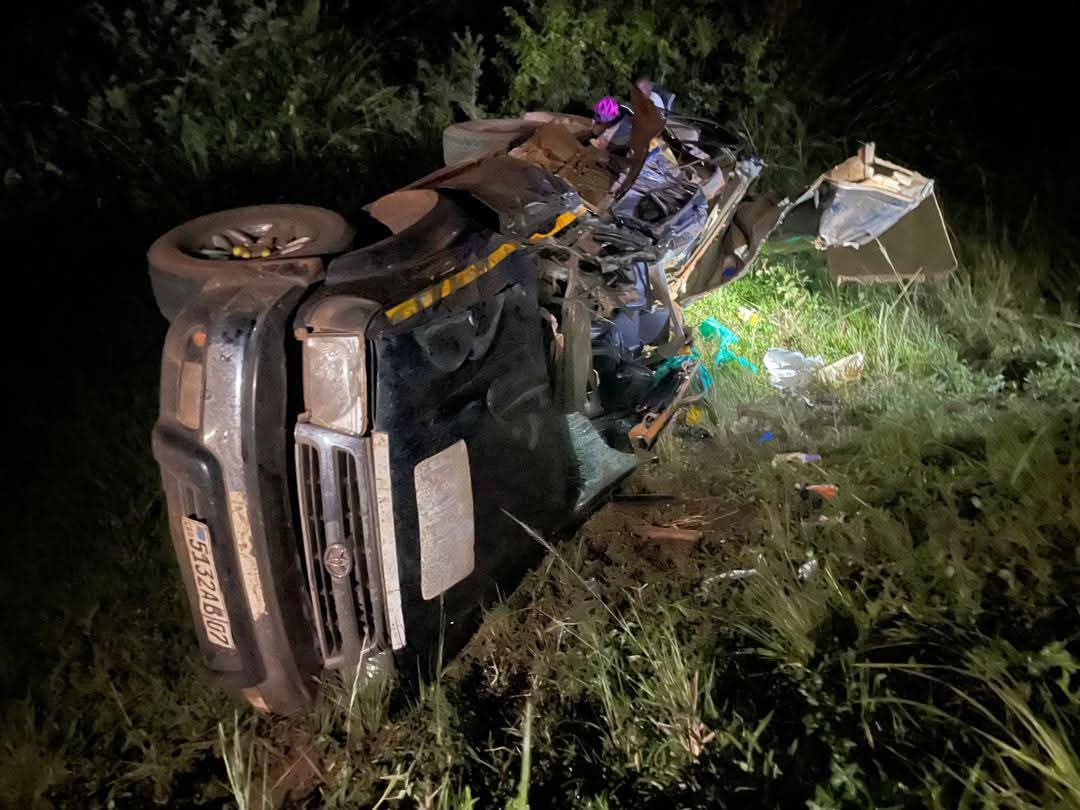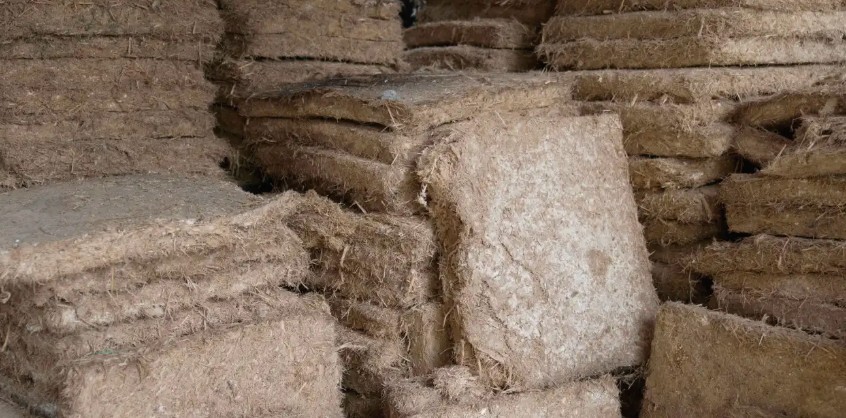Floods-affected schools in Nairobi slums still await government aid months later
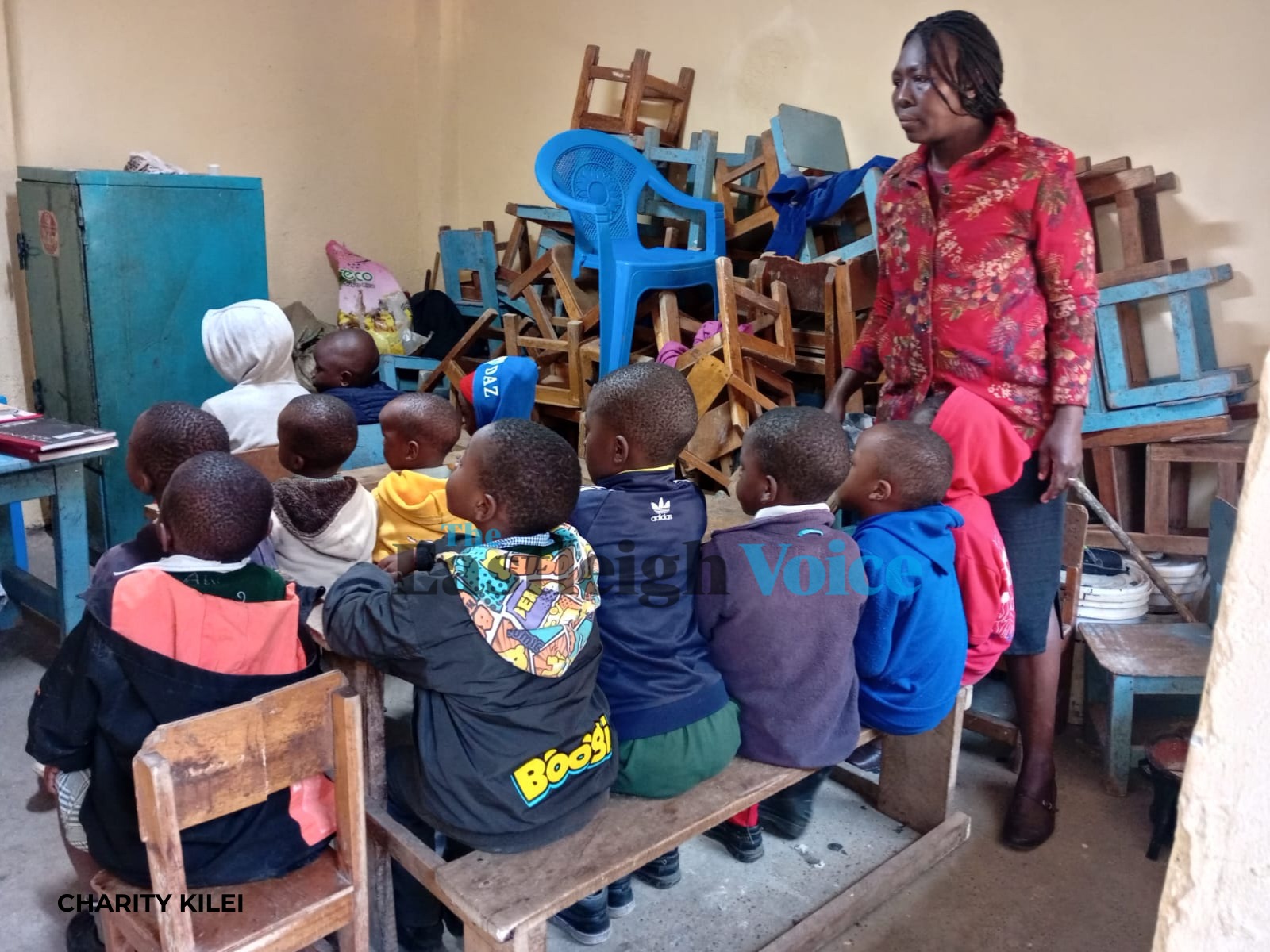
The government had promised to check whether all the schools affected received compensation but failed to do so.
Communities that were severely affected by the April-May floods are yet to receive any help from the government. In Nairobi, children residing in the slums are still grappling with challenges months after the floods. Many schools have been destroyed or suffered significant infrastructure damage, yet they have received minimal assistance.
According to a recent Elimu Bora Working Group survey, approximately 15,000 students have yet to return to school. Shockingly, only 20 per cent of the affected schools in Kenya have received aid. A spot check by The Eastleigh Voice found that several schools, which also served as rescue centres during the floods, did not receive government assistance.
More To Read
- Education Ministry warns schools forcing pupils to report before 8 am face disciplinary action
- KUPPET demands release of capitation funds amid cash crunch in schools
- Nairobi County Assembly moves to resettle Mathare 4A families after 36-year wait
- Private schools in urban areas struggle to keep sports alive amid land crunch
- 2.6 million children at risk as school feeding budget slashed by Sh2 billion
- Businesses feel the brunt as flood compensation claims reach Sh3.1 billion
The government had promised to check whether all the schools affected received compensation but failed to do so.
Paul Apiyo, Deputy Head Teacher of Why Not Academy, expressed deep concerns about the current challenges of the school. The school acted as a rescue centre accommodating over 100 families affected by floods but is still enduring the impact of flooding and recent demolitions near riparian land.
"We are in distress as a school. Currently, we have only one toilet shared among about 80 learners and teachers, which is not ideal. Previously, we had six functioning toilets for both boys and girls, as well as teachers. The scarcity of water now exposes our learners and staff to diseases," Apiyo explained.
He stated that infrastructure, including classrooms and books, was damaged during the floods and demolitions. "The learners now rely on teachers' copies because they don't have textbooks," he added. Despite receiving some exercise books from well-wishers, many students cannot return to school due to displacement.
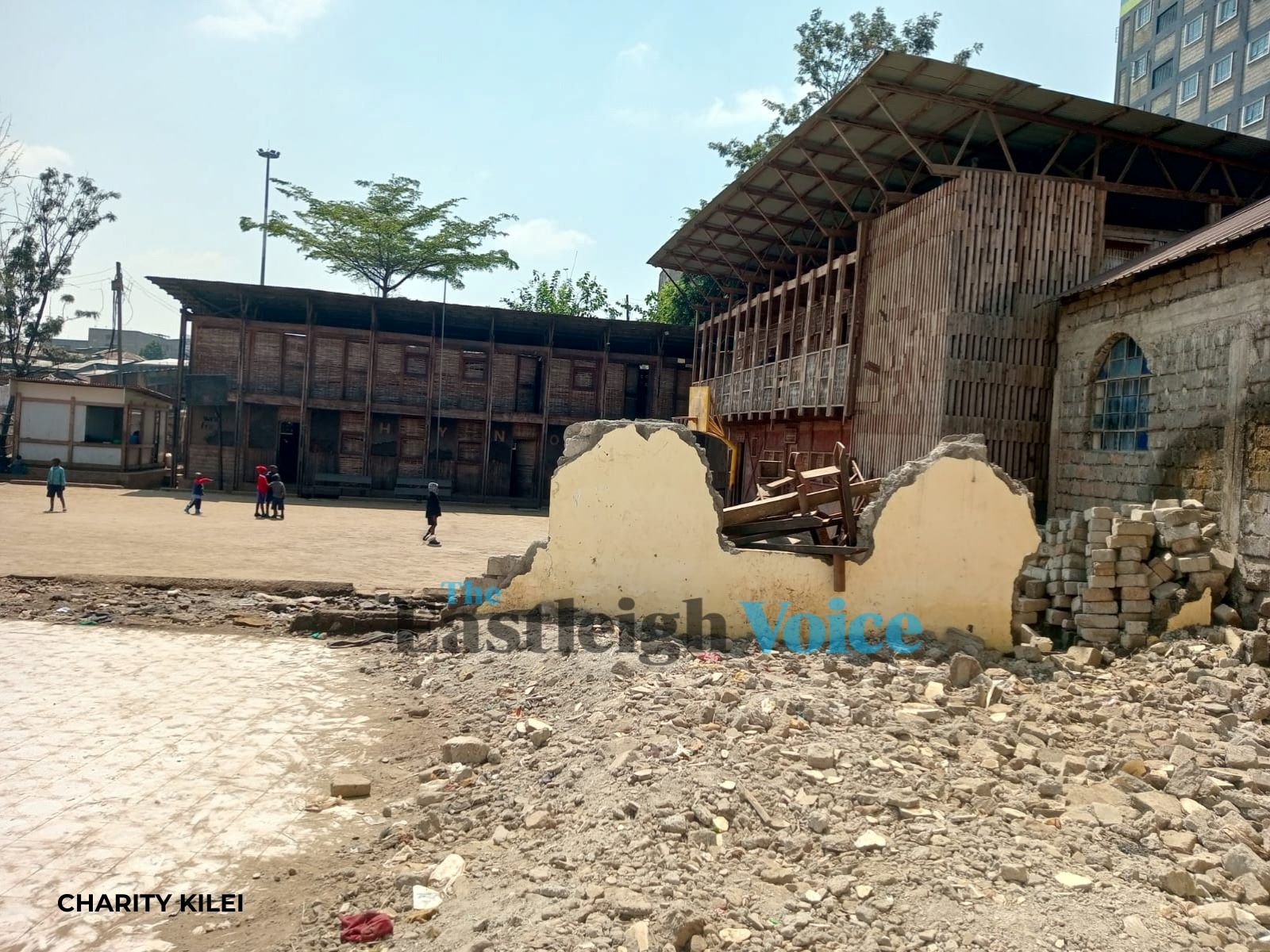 Part of the demolished wall at Why Not Academy in Mathare.
Part of the demolished wall at Why Not Academy in Mathare.
Apiyo emphasised the lack of government assistance, "We haven't received any updates or support from the government regarding the damages we've faced. It feels like we're on our own."
One of the critical safety concerns highlighted by Apiyo is the demolished wall that previously separated the school from the river. "Ensuring the safety of our learners is our top priority, but without a wall, we must remain vigilant to prevent children from accessing the river or playing in contaminated water," he stressed.
The Eastleigh Voice established the severe plight of the school, especially during periods of heavy rainfall when floods pose a significant risk to students. The current regulations prohibit them from rebuilding the wall that once protected the river, as it falls within the restrictions concerning structures along riparian land.
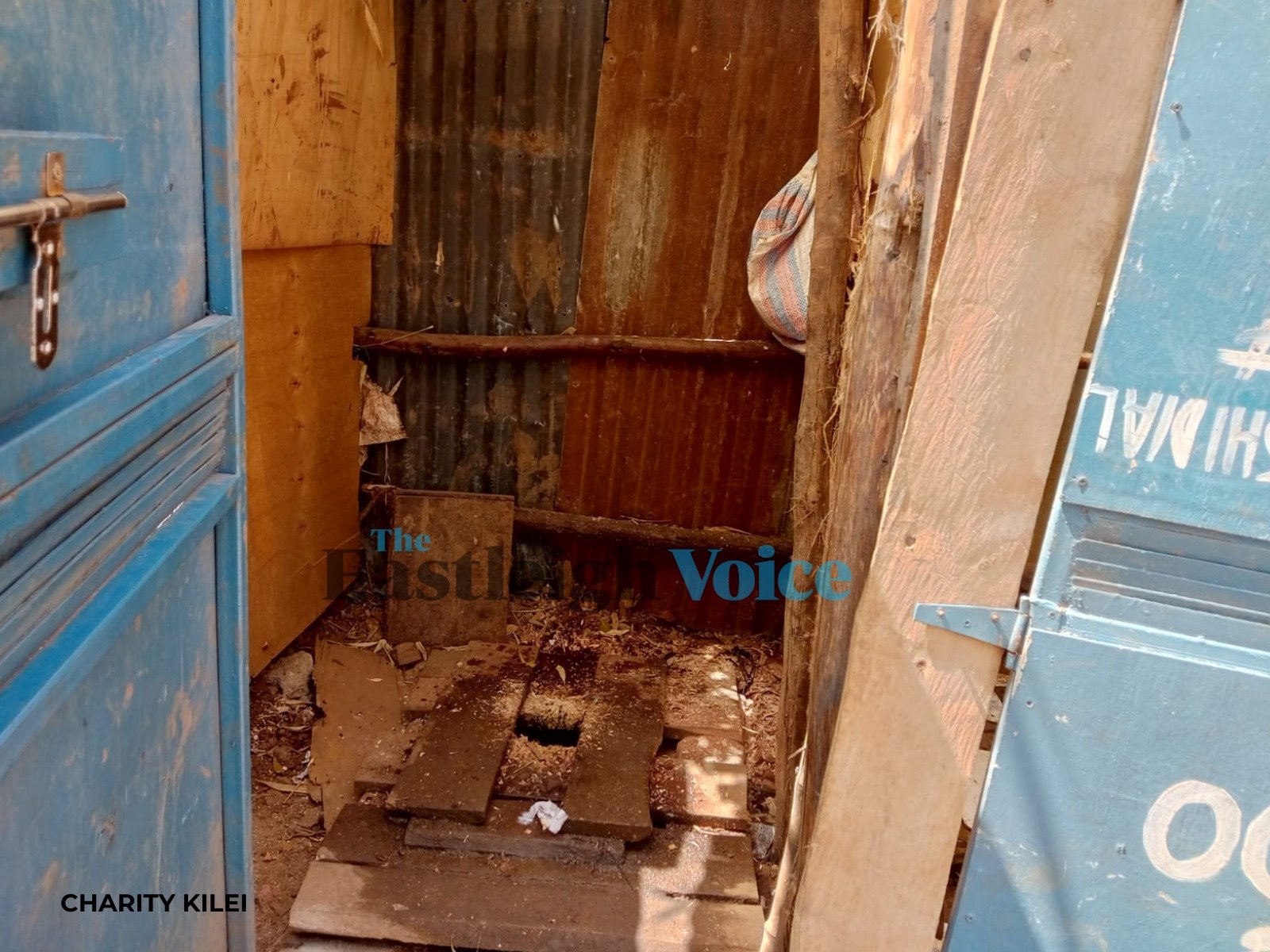 The state of a toilet at Why Not Academy months after the floods.
The state of a toilet at Why Not Academy months after the floods.
Not far from Why Not Academy in Mathare is another school, Happy Star Academy, which provides refuge to over 200 families. These families suffered significantly during the floods but have yet to receive any support from the government.
Nancy Waweru, Head Teacher of Happy Star Academy, highlighted how their school began the second term on a tough note following the disastrous floods and is still battling to recover.
"During the floods, we were designated as a rescue centre, accommodating over 100 families who relied on us for meals and shelter. As a result, we had to use funds and food originally allocated for the second term, which significantly impacted us," Nancy explained.
She detailed the extensive damage caused to the school's infrastructure, including destroyed walls, classrooms used for accommodation, and lost books due to flooding.
"In the lower classes, many books and exercise books were destroyed. Some students are now using only two books for all seven subjects, which has greatly affected their academic performance," she lamented.
Nancy highlighted the ongoing struggle for many students to afford school uniforms months after the floods.
"We have numerous students across different grades coming to school without proper uniforms, which not only affects their social integration but also their confidence. While we've managed to assist a few, lack of resources means many still need support," she added.
She also mentioned the school's experience of losing over 50 students who either moved away or remained at home due to the flood's aftermath, while also gaining new students from schools that were demolished.
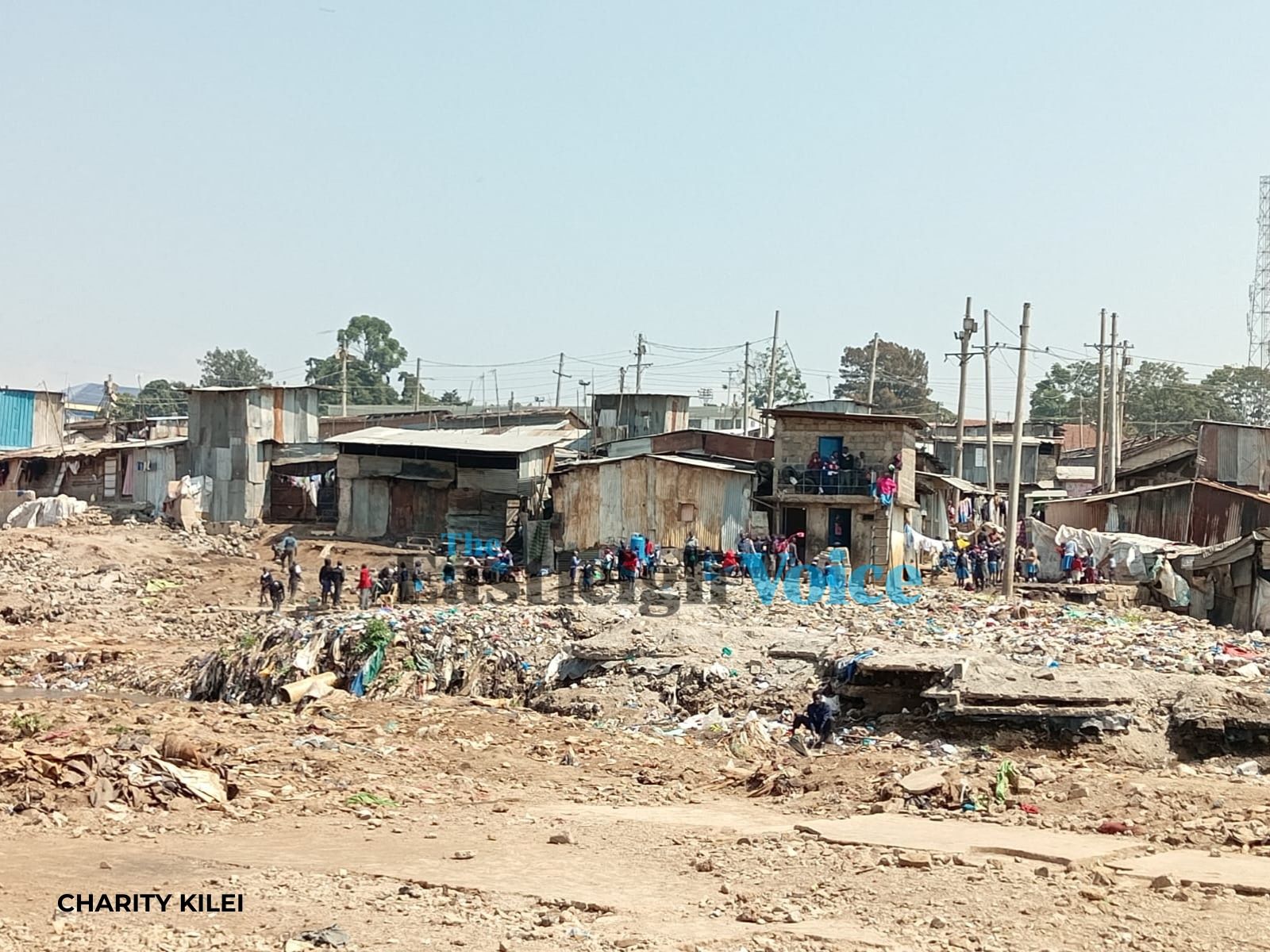 Part of the demolished wall at Why Not Academy in Mathare.
Part of the demolished wall at Why Not Academy in Mathare.
According to a teacher at Happy Star Academy, children are struggling to concentrate in class due to the trauma they experienced.
"Several learners who were affected find it difficult to focus on class; some even fall asleep due to the challenges they are dealing with. Many parents were displaced and had to move to different locations," she explained.
She highlighted the severe economic impact on families, noting that many parents lost their jobs and are facing food insecurity at home.
"Some children are barely eating anything at home, and there are cases where school fees have not been paid because parents are unemployed. This situation has put the school in a difficult position," she added.
She emphasised the importance of government intervention to monitor and support these cases to ensure the continuity of education.
The report by Elimu Bora's working group indicates that less than 20 per cent of schools affected by the devastating floods from March to April 2024 received government assistance for reconstruction or repairs. The survey, conducted in June across nine counties covered 60 schools to assess the floods' impact on education in Kenya.
The report further highlights that 62 primary schools were submerged, putting approximately 15,000 students at risk of missing school. It also reveals a significant decrease in the overall student population across surveyed schools, with a notable 10 per cent decline in female student return rates and an 11 per cent reduction among students with special needs. In one instance, schools enrolled 23,530 students before the floods, dropping to 21,453 afterwards—a 9 per cent reduction directly attributed to the flooding.
Mathare informal settlements emerged as the hardest-hit area, registering the highest school dropout rates, with over 7,000 families severely affected. 20,000 toilet blocks were left damaged posing health risks to over 1.5 million students. In addition, Tana River County reported 34 cases of cholera, heightening concerns about further health outbreaks as schools resumed.
The report underscores the urgent need for comprehensive government intervention, including implementing flood mitigation measures and improving disaster preparedness in schools.
The April-May floods in the country had a devastating impact, resulting in widespread displacement and hundreds of fatalities, particularly affecting the education system.
Top Stories Today
